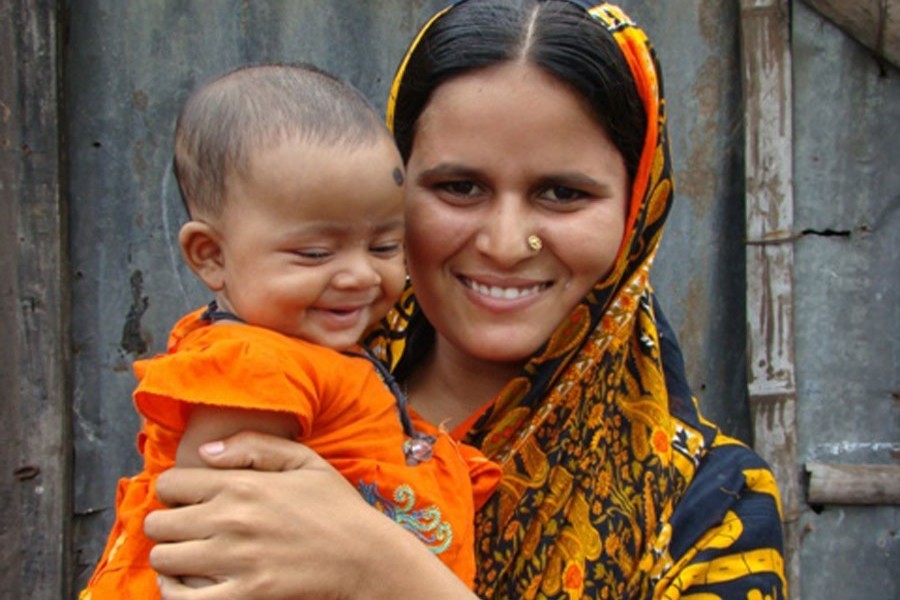Going by the UN Development Programme (UNDP)'s rankings in terms of its Human Development Index (HDI), Bangladesh's performance has been demonstrating a steady progress over the last decade. As a corollary of this positive HDIs, the status of maternal and child health care -- a component of HDI -- especially, among the women of reproductive age group and their children should have also shown signs of improvements over the years. But study findings revealed at a recent discussion at the International Centre for Diarrhoeal Disease and Research, Bangladesh (icddr, b) have provided quite a different picture of the issue. In fact, it found that between 2007 and 2017, the nutritional status of Bangladeshi ever-married women (married at least once, but may not be currently married) of reproductive age group (15 to 49 years) has not been improving as expected.
Though, during the decade under review, the proportion of malnutrition among the aforementioned group of women declined markedly from 30 per cent to 12 per cent, a reverse trend was also observed among the women of same age-group as obesity among them increased from 12 to 32 per cent. But obesity is hardly a sign of health as it is another form of malnourishment. Then what was the proportion of healthy or well-nourished women during the period under review? Well, though it has not shown any improvement, it at least remained more or less the same at around 56 per cent. In absolute numbers, currently, 17 million women of the mentioned age-group are reportedly undernourished. Consider that five million of them are underweight, while 12 million are overweight.
Evidently, the country's relevant policies, especially, its maternal and child healthcare programmes, have failed to address this aspect of the women's nutritional issue. Notably, the shift from the state of being underweight to the one of being overweight (obese) among the women of the age-group under consideration started to show up around 2012. However, it became more pronounced in 2017-18. What is concerning here is that, if the trend continues, the proportion of the said group of women getting overweight may rise to 46 per cent by 2030, a projected estimate has shown. The risks are similar for either group of malnourished women.
For the overweight group, the danger is that they may suffer from complications like diabetes, hypertension, etc during pregnancy, which may lead to caesarian delivery of their babies. For the underweight group, the complications may range from developing conditions including anaemia, or becoming haemorrhagic before and after childbirth. The potential health risks to children of such malnourished mothers become plain from the report that of 3.4 million cases of childbirth annually, 0.9 million children are born to overweight mothers. For the underweight women, the number is 0.5 million. Obese women of the said age-group, for example, may face breastfeeding problems which have serious implications for growth, even survival, of their newborns.
If that happens, the next generation of children may experience the curse of stunted growth. Obviously, a government intervention would be necessary to stop the tendency of being underweight or overweight among the women of reproductive age group. The government intervention should involve a raft of measures including monitoring of the nutritional health of the women belonging to the reproductive age group from their adolescence. At the same time, measures have to be taken to address any nutritional deficiency among them by providing them with balanced diet as required.


